When any engineering venture is just starting, the information that one needs is about the physical landscape. The UK planning maps are the maps that are created with precision specifications and are the foundation of decision making in most fields. Whether one is talking about motorway improvement or extension to the city, when one determines the geographic references, the ideas turn into physical results. In their absence, even the most ground-breaking designs would not manage to find their way into the real world.
Infrastructure Design and Route Alignment
Roads, bridges and rail networks should be carefully planned out. Due to the high resolution of the UK maps, engineers can evaluate changes in the elevation, land boundaries, and the distance of the existing structures. In the case of planning new transport corridors, mapping data prevents natural barriers and safeguards heritage areas and lessens the effect on the environment. Planning data can be overlaid onto topographic maps, and by comparing alignments in this way, teams can determine feasibility before the commencement of fieldwork.
Supporting Geotechnical Surveying
Geotechnical surveys are done before construction is started to make sure the area is stable before construction is laid down by checking the stability of the soil, the conditions of rocks, and drainage areas. Topographical UK maps will help plan borehole locations and logistics of deployment of survey equipment. The complicated gradients and elevation changes are instantly apparent, and the surveyors can be prepared to face the difficult terrain. Accurate contour lines are also useful in hydrological research, indicating the direction of water flow over a project area, which is important information in the assessment of flood risk and drainage design.
Utilities and Service Network Mapping
Every engineering project must account for services already embedded in the landscape. Pipelines, telecommunications routes, and power lines intersect sites in ways that aren’t always obvious. Maps that incorporate underground infrastructure or surface-level utilities reduce the risk of accidental disruption. Knowing exactly where these elements run helps engineers coordinate with utility providers early, avoiding costly delays or redesigns. Utility overlays, when combined with standard UK maps, provide a multi-dimensional view of the site.
Urban Regeneration and Spatial Planning
Engineering teams involved in urban regeneration rely on accurate base mapping to model population density, transport connectivity, and green space distribution. Modern UK maps allow these professionals to visualise current usage patterns and predict the impact of proposed changes. By integrating census data or environmental assessments with mapping layers, planners gain insight into how engineering solutions might support or disrupt existing communities. These informed projections influence approvals, stakeholder engagement, and design scope.
Construction Access and Logistics
Logistical issues are important in moving machinery, materials and people around a site in an efficient manner. UK detailed maps are used to depict gradient, access, restricted areas, and terrain typologies, which affect construction sequencing. It is simpler to devise temporary haul roads, crane locations and storage areas when ground conditions and layout are visible before site clearance. When mapping is done accurately, then reactive modifications during the construction process are minimised.
Legal Boundaries and Title Clarification
The boundaries of the property may affect such issues as structural locations and rights of access. Cadastral layers in the UK maps are often consulted by engineering consultants to determine title lines and to ascertain encroachment. Such legal uncertainty over land ownership or rights of way may influence whether a scheme is implemented, put on hold or altered. This clarity is guaranteed through mapping, which lessens the administrative friction later during the process.
Cartography as a Critical Engineering Asset
Engineering is all about accuracy, not only in measurements but also in context. That context is offered by UK maps and offers spatial awareness on which the success of any built project is hinged. Maps may assist in aligning structures, coordinating services, and evaluating constraints in connecting the woeful between planning and execution. They are not secondary visuals, but rather essential tools that justify the passageways through concept to completion.


